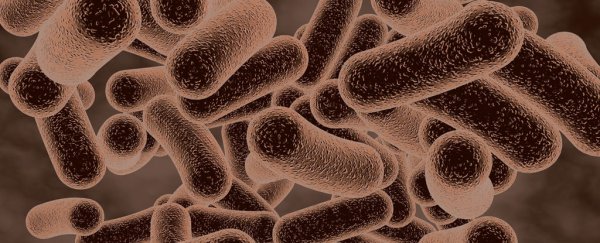A particular type of vaginal bacteria found in the cervicovaginal mucus of some women offers protective effects that can 'trap' human immunodeficiency virus ( HIV) particles, researchers have found.
The findings, which help explain why some women have a lower risk of acquiring and transmitting sexually transmitted infections (STIs), could form the basis of new treatments that can reduce or prevent vaginal transmission of HIV and other STIs.
"Mucosal surfaces, such as the lung, gastrointestinal tract, or female reproductive tract, are where most infections take place," said lead researcher Sam Lai, assistant professor of pharmacy and engineering at University of North Carolina at Chapel Hill in the US. "Our bodies secrete over six litres of mucus everyday as a first line of defence."
But some lines of defence appear to be stronger than others, with Lai and his team finding that the capacity of cervicovaginal mucus (CVM) to form a barrier against pathogens can vary greatly between women, and even varies for the same women at different times.
How come? It comes down to the particular bacterial properties of the CVM. To test which particular properties offered a better natural defence against HIV and STIs, the researchers took CVM samples from 31 women of reproductive age and used high-resolution microscopy to see how fluorescent HIV pseudovirus particles functioned when introduced.
In the experiment, the researchers noticed two distinct populations among the CVM samples – and one was significantly better at trapping HIV particles within the mucus layer. Isolating the bacteria within each sample, they found that CVM containing Lactobacillus crispatus bacteria is very good at trapping HIV particles, whereas other bacteria such as Lactobacillus iners, or the presence of multiple species including Gardnerella vaginalis, meant that CVM isn't effective at trapping HIV.
Previously it had been believed that the presence of any Lactobacillus species was beneficial to vaginal health, but now researchers know this isn't the case – at least when it comes to defensive properties.
"I was really surprised by how slight differences between Lactobacillus species make a very substantial difference in the barrier properties of mucus," said Lai. "But our work shows that from a mucus barrier perspective, that is not a good enough distinction."
What makes Lactobacillus crispatus better at trapping HIV? It makes CVM sticky, the researchers say, which enables the mucus to attach to and effectively restrain HIV particles, and most probably other virus particles too.
The researchers say CVM can be considered a kind of "biological condom", the protective properties of which could potentially be reinforced in all women if researchers can find the right method for altering vaginal microbiota.
"If we could find a way to tilt the battle in favour of Lactobacillus crispatus in women, then we would be increasing the barrier properties of their CVM, and improve protection against STIs," said Lai.
The research is published in mBio.
